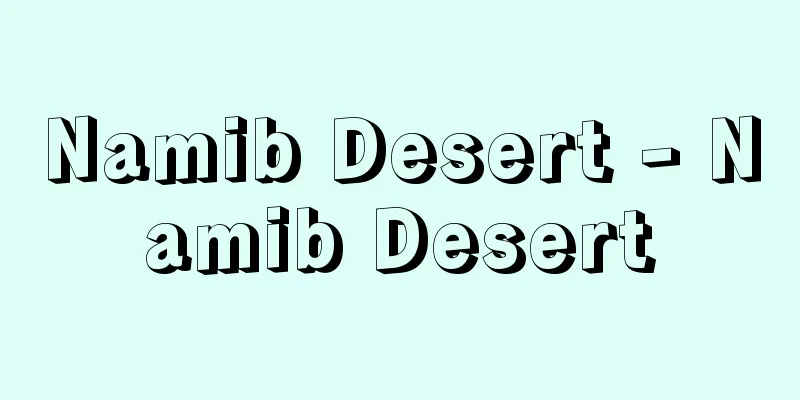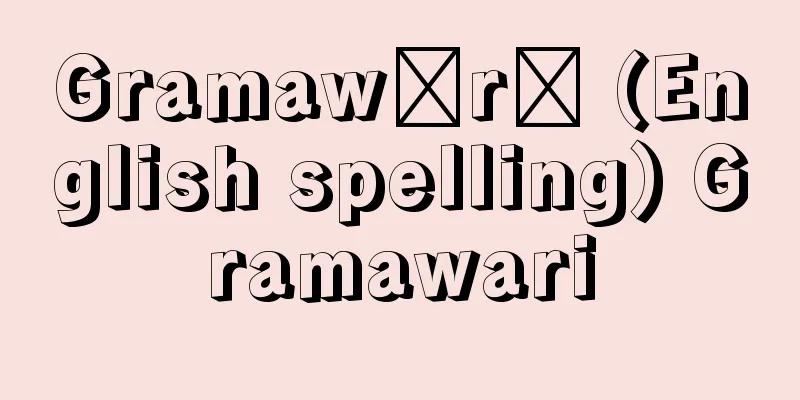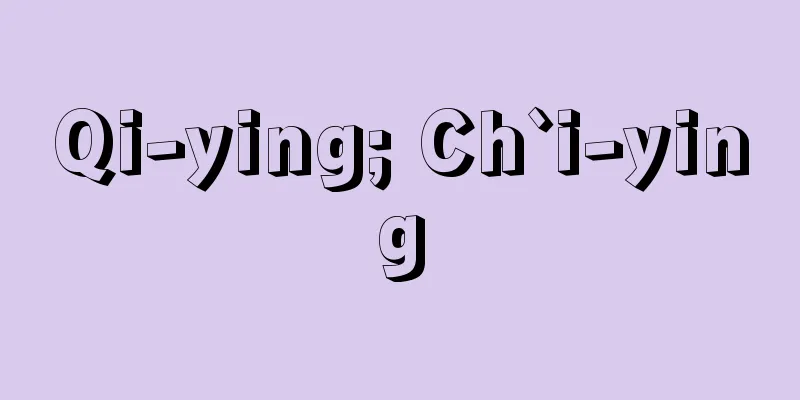Edo Shishuku

|
…Initially, there were five towns from Senju 1-5 chome (later called Honjuku), but during the Manji years (1658-61), the three towns of Kamon, Kawaramachi, and Hashido (Shinjuku, Adachi district), and then the two towns of Kozukahara and Nakamura (Minamijuku, Toshima district) on the south bank of the Arakawa River were added, and these ten towns were called Senju-juku. It became the longest of the four Edo post towns, and by the end of the Edo period, it had about 2,300 houses and a population of about 10,000. There was a wholesaler's office, a horse-drawn carriage station, a notice board, and a milepost in Senju 1 chome, and one Honjin and one Wakihonjin were located in Senju 3 chome. … *Some of the terminology used to refer to the "Four Post Towns of Edo" is listed below. Source | Heibonsha World Encyclopedia 2nd Edition | Information |
|
…当初は千住1~5丁目の5町(のちに本宿と呼称)であったが,万治年中(1658‐61)まず掃部(かもん)宿,河原町,橋戸町の3町(新宿,足立郡)を,次いで荒川南岸の小塚原・中村両町(南宿,豊島郡)を加宿とし,この10町を千住宿と称した。江戸四宿のうちで最長の町並みの宿場となり,幕末には家数約2300軒,人口約1万人を数えた。千住1丁目に問屋場,伝馬寄場,高札場,一里塚などがあり,同3丁目に本陣と脇本陣が1軒ずつおかれていた。… ※「江戸四宿」について言及している用語解説の一部を掲載しています。 出典|株式会社平凡社世界大百科事典 第2版について | 情報 |
Recommend
Skaði - Ska i
... Njörðr the Van god is the god of fertility an...
Sarta'ul (English spelling)
…A term used to refer to the inhabitants of oases...
Evil Monk - Akuso
〘noun〙① A monk who goes against the Buddhist path ...
erasable programmable read-only memory
… [Yoshimura Hisayoshi]. … *Some of the terminolo...
Private international law - kokusai shihou (English spelling) private international law English
Definition This is a field of law that deals with...
Welded tuff
A type of pyroclastic rock, it is a hard glassy r...
Yoshiiku Ochiai
1833-1904 Ukiyo-e artist from the late Edo to Mei...
Date Kurabeokuni Kabuki - Date Kurabeokuni Kabuki
[1] Kabuki script. Historical piece. Collaborative...
Kenji - Kondei
A type of soldier that appeared from the mid-Nara...
Military justice system
In order to maintain discipline and order in the m...
Haberschrack, M.
...The influence of the Bohemian International Go...
Cape Muroto
Also known as "Muroto Misaki." A cape j...
Pitch - Onko
…Therefore, there is a demand for a notation syst...
Egalitarianism
〘 noun 〙 A position or attitude that does not acce...
Pasture - Bokusou
Forage crops grown as the main feed for livestock...









